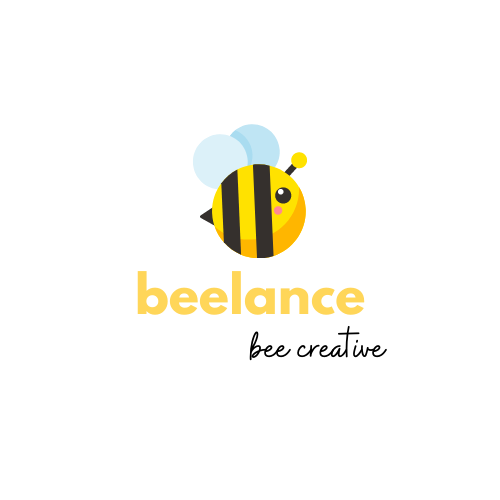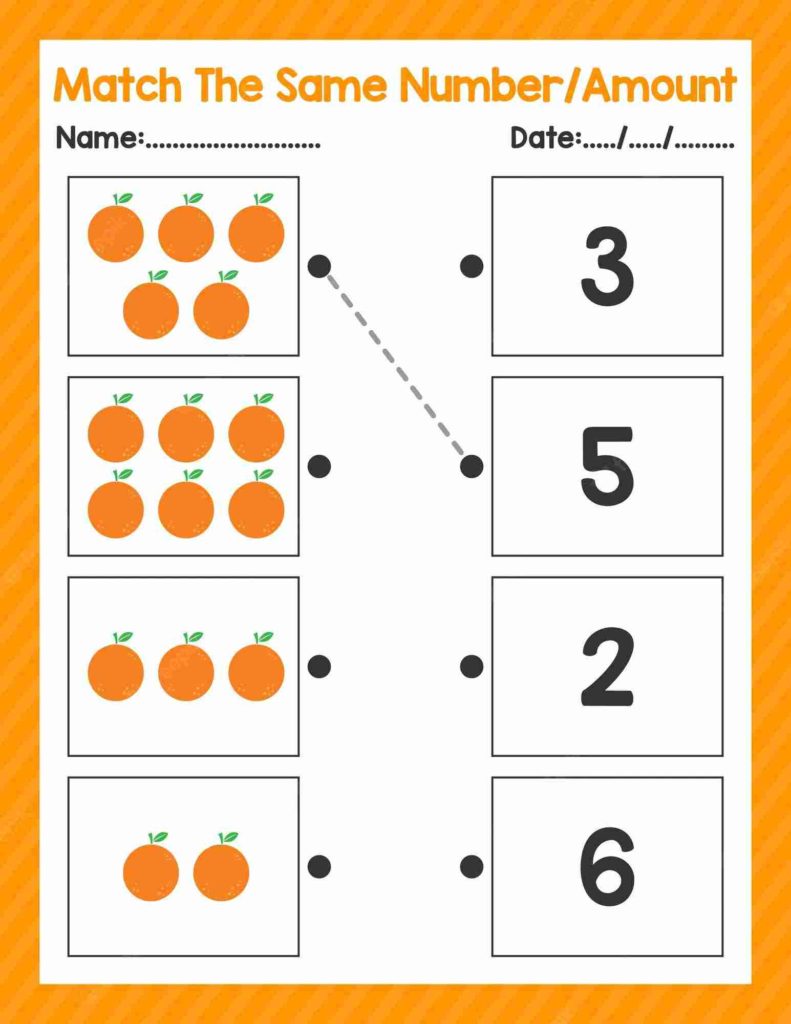Children are naturally curious and love learning new things. The second grade is the perfect time to introduce your student to some fun and engaging math activities. Today’s school curriculum emphasizes getting children excited about learning again. So it’s important to give them something they can look forward to throughout the year. Second grade is a great time for introducing your student to new subjects, as they will have just finished exploring reading and writing. They’ll also be eager to learn more and grow as an individual. The followings are examples of first day of school math activities 2nd grade.
Fun and Engaging Math Games for the Second Grader
Your student can learn about addition and subtraction with a few fun activities. These include a backyard math game with a spinner and dice and an addition game. Both activities can help your student grow their math skills by practicing the rules of addition and subtraction, while having some fun doing so.
Summing games with daily finances
Word problems allow your student to practice using facts and figures to solve different problems. Your student can practice solving problems using how much they spend.
It’s important to talk to your student about how to use math when they are spending money so they can learn how to deal with daily finances. You can help your student learn about money by doing activities like a dollar sum scavenger hunt, a dollar amount math treasure hunt, and a dollar amount math bingo game.
Source of Image: Freepik
Reach for the Rainbow
The rainbow is a beautiful sight and a symbol of hope. Help your student learn about math while they explore the rainbow with a reach for the rainbow game. This game encourages your student to use math skills, such as addition and subtraction to find the end goal. This can be done by connecting the dots or counting down from a set amount.
Your student can then use these math skills to reach for the rainbow. Rainbow painting and coloring activities are also a great way to introduce your student to the rainbow as well as some math concepts. Your student can learn about primary colors, secondary colors, and color mixing while creating a rainbow-themed painting. These activities are also a great way to encourage creative expression and improve fine motor skills.
Visual Math Activities
With a few visual math activities, your student can learn about basic shapes, counting, and addition. This can be done by creating a visual math learning center or by helping your student create a math art project. Visual math activities are a great way to encourage your student’s creativity and help them learn about math concepts.
Using visual math journals is a great way to help your student understand math concepts, such as shapes, counting, and addition. Visual math journals can help your student understand the relationship between numbers and shapes. For example, your student can learn about the relationship between two numbers or geometric shapes. Your student can create visual math journals by drawing or painting and then photographing their work. Your student can then write notes or draw equations next to their work to help them understand their discoveries.
Word Puzzles and Crosswords
Word puzzles and crosswords can help your student develop their vocabulary and sharpen their word skills. They are also a great way to build your student’s vocabulary while practicing logic skills. There are a lot of free word puzzles online that your student can practice solving to help them expand their vocabulary.
Your student can create their own word puzzles or help with family-friendly word puzzles. A word puzzle that your student can practice solving is the A B C puzzle. Word puzzles and crosswords can be done by both parents and children. Having family math times is a great way to work on word skills and improve communication in the family.
Tangram and Dice Games
Tangram and dice games are a great way to help your student practice basic math skills. A tangram is a geometric shape, from a collection of smaller shapes. We can use clay, Play-Doh, or any other type of modeling material to make a tangram.
Your student can create a geometric shape that represents pennies while practicing addition. Then they can then help each others create geometric shapes while practicing subtraction by assigning shapes values, such as one, two, three, and so on. To teach kids about geometric shapes, we can assign them, such as triangles, squares, pentagons, and hexagons. Besides practicing basic math skills, geometric shapes can also help your student understand patterns and look for similarities.
Other games for kids!

